A generic nymph that can do equally well as a stonefly or mayfly nymph as it can a waterboatman or backswimmer
This fly have caught many trout and yellowfish for me, over the last couple of years.
It is one of my 4 or 5 top goto flies, and when I start fishing I often tie on an OSA Nymph.
It is a general mayfly to stonefly nymph profile. The black bead and abdomen, gives a very good profile against any background and in any light conditions, with the UV dubbing add a different depth, dimension in the light and in the light spectrum.
I paged thru some old magazines, the other day, and saw the TVN nymph, and thought there is something similar to the profile and color of the TVN nymph, what could be another reason for doing so well with the yellows.
It has also produced a good number of fish on still waters. When I was looking at the water boatmen, backswimmers and corixia images on the net the other day, I realised why. The basic profile is very close to the water boatmen, backswimmers and corixia. But the UV thorax, makes a very good air bubble impersonation.
Perhaps, for most fish, it looks, just too much like food, to not taste it.
What's OSA for a name anyway?
OSA is a fly named after the Old South Africa (apartheid, definite segregation etc). The fly being distinctly black and white mixed with brownish colors it's a reflection of SA as it was. We had black people, white people, the copper wire was for the Indian/curry and the pheasant tail was the colored or brown people (people with mixed parents, black and white) and the tungsten bead is all the hard headed people in South Africa.
All of this might not make sense if you don't know too much about SA, apartheid etc.
|
|
|
|
|
|
|
|
|
|
|
|
- Log in to post comments

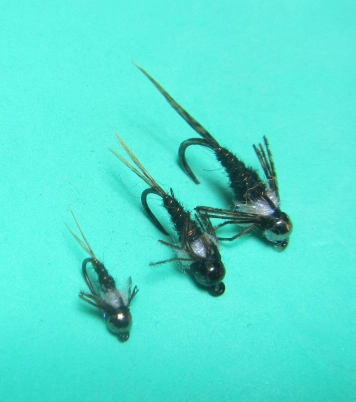
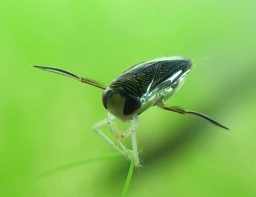
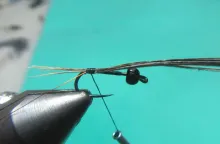
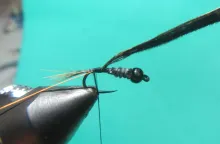



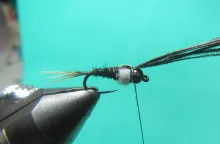
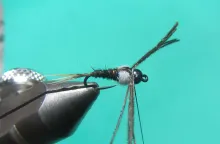

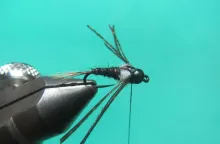
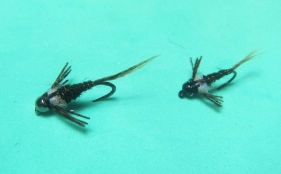

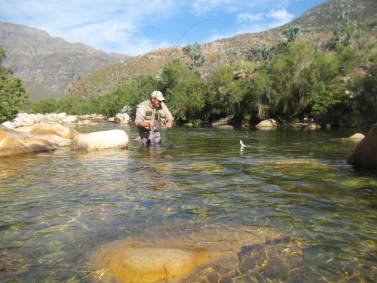
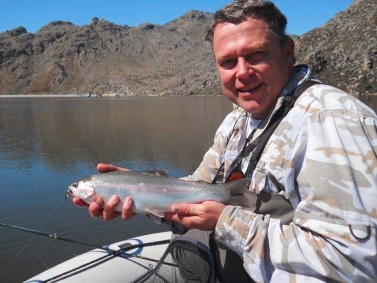

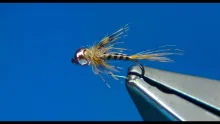

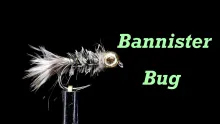

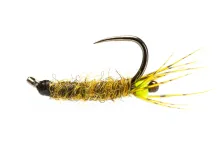

Tony, this fly is eq
Tony, this fly is equally at home in stillwaters and rivers. The profile, shape and size can be so many insects, that fish very seldom swims past it, without taking a nibble
It seems to me this
It seems to me this fly would be primarily for stillwater or do you find it equally at home on rivers?